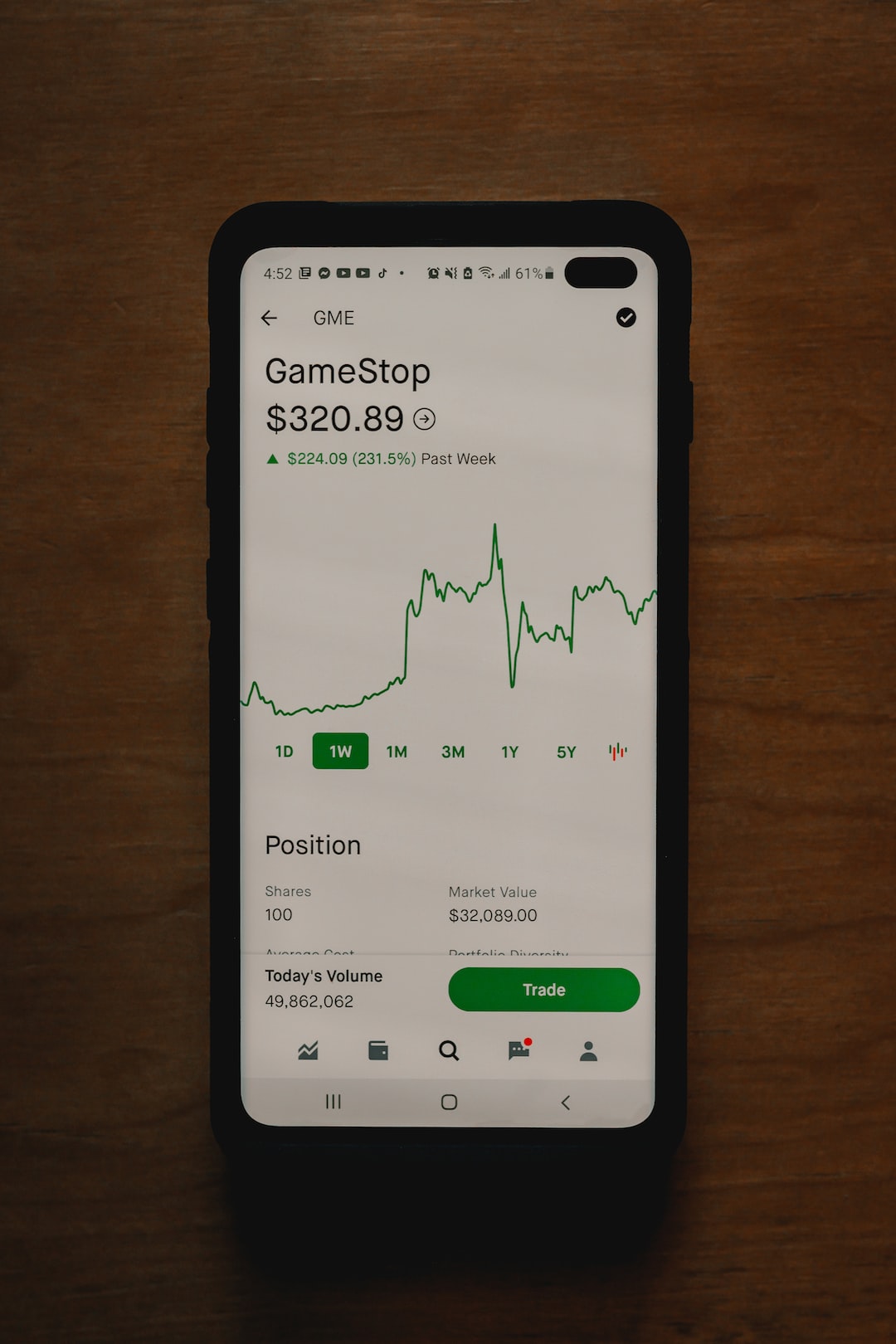Forex Views and Risk Management: Strategies for Minimizing Losses
The foreign exchange market, also known as forex, is a decentralized global marketplace where currencies are exchanged. It is the largest and most liquid financial market in the world, with over $6 trillion traded daily. Forex trading offers immense opportunities for profit, but it is also associated with significant risks. Therefore, it is crucial for traders to employ effective risk management strategies to minimize potential losses.
The forex market is highly volatile, with prices constantly fluctuating due to various factors such as economic indicators, geopolitical events, and market sentiment. This volatility can lead to substantial gains, but it can also result in significant losses if not managed properly. Here are some strategies that traders can employ to minimize their risk exposure:
1. Stop-Loss Orders: A stop-loss order is an automatic instruction to sell a currency pair when it reaches a predetermined price level. By setting a stop-loss order, traders can limit their potential losses by exiting a trade before it moves further against them. It is essential to place stop-loss orders at a level that allows for normal price fluctuations but also provides protection against excessive losses.
2. Take-Profit Orders: Similar to stop-loss orders, take-profit orders are automatic instructions to sell a currency pair when it reaches a specific price level, but in this case, it is to lock in profits. By setting a take-profit order, traders can ensure they capitalize on favorable price movements and avoid the temptation to hold on to a winning trade for too long, which could result in a reversal and subsequent loss.
3. Position Sizing: Proper position sizing is a crucial aspect of risk management. Traders should determine the appropriate lot size for each trade based on their account size, risk tolerance, and the distance to the stop-loss level. A general rule of thumb is to risk no more than 2% of the trading capital on any single trade. By limiting the exposure to a small percentage of the account balance, traders can withstand a series of losses without depleting their capital.
4. Diversification: Diversification is a widely recognized risk management strategy that involves spreading investments across different currency pairs and asset classes. By diversifying their portfolio, traders can reduce the impact of adverse price movements in a particular currency pair or market sector. It is important to note that diversification does not guarantee profits or eliminate all risks, but it can help mitigate losses during volatile market conditions.
5. Use of Technical and Fundamental Analysis: Technical and fundamental analysis are two primary methods used by traders to analyze the forex market. Technical analysis involves studying historical price patterns, chart patterns, and technical indicators to identify potential entry and exit points. Fundamental analysis, on the other hand, focuses on economic and political factors that can impact currency valuations. By combining these two approaches, traders can make more informed trading decisions and potentially reduce the risk of losses.
6. Risk-Reward Ratio: The risk-reward ratio is a measure of the potential profit compared to the potential loss of a trade. Traders should aim for a favorable risk-reward ratio, where the potential profit is significantly higher than the potential loss. For example, a risk-reward ratio of 1:2 means that for every dollar risked, the trader expects to make two dollars in profit. By maintaining a positive risk-reward ratio, traders can potentially offset losses with profitable trades over the long term.
7. Emotional Discipline: Emotional discipline plays a vital role in risk management. Forex trading can be emotionally challenging, especially during periods of volatility or when facing consecutive losses. It is essential for traders to remain calm, stick to their trading plan, and avoid impulsive decisions based on fear or greed. Emotion-driven decisions often lead to poor risk management and amplified losses.
In conclusion, risk management is a fundamental aspect of successful forex trading. By employing these strategies – including the use of stop-loss and take-profit orders, proper position sizing, diversification, analysis techniques, risk-reward ratios, and emotional discipline – traders can effectively minimize their potential losses and increase their chances of long-term profitability. Remember, forex trading involves inherent risks, and no strategy can guarantee profits, but with proper risk management, traders can navigate the forex market more confidently and protect their capital.





